Choosing between the Sony A7 III and A6700 can feel overwhelming when both cameras have the same price but offer different strengths. You want the best camera for your photography and video needs without wasting money on features you won’t use.
This detailed comparison will help you pick the right Sony camera based on your specific shooting style and budget. We’ll examine image quality, video capabilities, build quality, and real-world performance to determine which camera offers the best value.
You’ll learn exactly which camera suits you best for portrait photography, content creation, travel shooting, and professional videography. By the end,
You’ll know whether the full-frame A7III or the modern A6700 matches your creative goals and provides the best return on your investment.
Sony A7III Quick Overview
The Sony A7III hit the market in February 2018. It quickly became Sony’s most popular full-frame camera. This camera sits in the middle of Sony’s A7 series lineup. It offers professional features at a reasonable price point.
The A7III uses a 24.2-megapixel full-frame sensor. This large sensor captures more light than smaller sensors. You get better image quality and improved low-light performance. The full-frame design also provides a wider field of view with your lenses.
Key features include:
- 5-axis in-body image stabilization (IBIS) – reduces camera shake in photos and videos
- Dual card slots – backup your files or extend shooting time
- 4 K30p video recording – crisp video quality for most projects
- Eye-AF technology – locks focus on human eyes automatically
The A7III works best for portrait photographers, wedding shooters, and low-light photography. Professional photographers love its reliable performance.
The full-frame sensor helps create beautiful background blur. Wedding photographers appreciate the dual card slots for backup security.
Sony A6700 Quick Overview
Sony released the A6700 in July 2023. This camera represents the latest in Sony’s APS-C lineup. It brings high-end features to a smaller, lighter body. The A6700 targets creators who want professional quality without the bulk.
The camera features a 26-megapixel APS-C sensor in a compact design. Despite its small size, it packs advanced technology. Sony built this camera for both photography and video work. The flip screen makes it perfect for solo content creation.
Key features include:
- 4 K60p 10-bit internal recording – professional video quality
- AI-powered autofocus system – faster and more accurate subject tracking
- Fully articulating flip screen – ideal for vlogging and self-recording
- Compact body design – easy to carry all day
The A6700 suits vloggers, content creators, and hybrid shooters perfectly. Travel photographers love its lightweight design. YouTubers and social media creators benefit from the flip screen. The camera excels at both photo and video work equally well.
Head-to-Head Comparison: Sony A7III vs A6700
1. Sensor and Image Quality
Sony A7III – The Sony A7III features a 24.2MP full-frame sensor that delivers superior low-light performance and wider dynamic range. This larger sensor captures more light, allowing you to shoot at higher ISO settings with less noise.
The full-frame design also provides natural depth of field, making it easier to create beautiful background blur for portraits. Wedding photographers and portrait specialists will appreciate the cleaner images at ISO 6400 and above.
Sony A6700 – The Sony A6700 uses a 26MP APS-C sensor with a 1.5x crop factor. While it offers slightly higher resolution, the smaller sensor doesn’t perform as well in challenging lighting conditions.
However, the crop factor provides extra reach for wildlife and sports photography. The A6700 produces smaller file sizes, which makes storage and post-processing faster. For most shooting conditions with good light, both cameras produce excellent image quality.
2. Autofocus System
Sony A7III – The A7III relies on 693 phase-detection points covering 93% of the frame. Its Eye-AF works well for both humans and animals, while real-time tracking handles moving subjects effectively.
However, this technology dates back to 2018 and shows its age compared to newer systems. The autofocus remains reliable but lacks the speed and intelligence of modern processors.
Sony A6700 – The A6700 features 759 phase-detection points powered by advanced AI processing. This newer system recognizes various subjects, including cars, planes, and trains, in addition to people and animals. The focus acquisition speed reaches 0.02 seconds, noticeably faster than the A7III. Video autofocus performs more effectively with smoother transitions and reduced hunting. Content creators will find the A6700’s autofocus more dependable for both photo and video work.
3. Video Capabilities
Sony A7III – The A7III maxes out at 4 K30p recording with 8-bit internal capture only. While this limits color grading flexibility, the camera offers full-frame readout without crop in 4K mode. This preserves your lens’s intended field of view.
The A7III also manages heat better during extended recording sessions, making it more reliable for long events like weddings or conferences.
Sony A6700 – The A6700 steps up to 4 K60p recording with 10-bit internal capture. This higher frame rate enables smooth slow-motion footage, while 10-bit recording provides better color grading options.
However, 4K recording applies a 1.19x crop that reduces your field of view. The camera also suffers from overheating during extended 4 K60p sessions. For short-form content and social media, the A6700 excels, but the A7III proves more reliable for longer shoots.
4. Build Quality and Ergonomics
Sony A7 III – The A7 III weighs 650g and features comprehensive weather sealing that protects against dust and moisture. Its deep grip provides secure handling, especially with larger lenses.
The camera includes more physical buttons for quick access to important settings without menu diving. Professional photographers appreciate the solid build quality that withstands daily use in various conditions.
Sony A6700 – The A6700 weighs just 493g, making it 24% lighter than the A7III. This compact design fits easily into small camera bags and reduces fatigue during long shooting sessions. However, it offers limited weather sealing compared to full-frame models.
The smaller body also means fewer physical controls, requiring more menu navigation for settings changes. Travel photographers and content creators who prioritize portability will prefer the A6700’s size advantage.
5. Viewfinder and LCD
Sony A7III – Both cameras feature the same 2.36 M-dot EVF, but the A7III offers 0.78x magnification compared to the A6700’s 0.70x. This makes the A7III’s viewfinder appear larger and more immersive.
The A7III’s LCD screen tilts up and down only, limiting shooting angles. It also lacks touch functionality, requiring button navigation for all controls.
Sony A6700 – The A6700’s fully articulating screen flips and rotates 180 degrees, making it perfect for vlogging and capturing awkward angle shots. Touch-screen controls enable quick selection of focus points and navigation through menus.
The flip screen makes solo content creation much easier, as you can see yourself while recording. Vloggers and social media creators will find the A6700’s screen design far more practical for their needs.
6. Battery Life and Storage
Sony A7 III – The A7 III uses the larger NP-FZ100 battery, providing approximately 610 shots per charge. Its dual SD card slots offer backup security and overflow storage options.
This setup proves essential for wedding photographers and event shooters who cannot afford to lose images. USB-C charging allows power top-ups during shoots.
Sony A6700 – The A6700 utilizes the smaller NP-FW50 battery, which delivers approximately 570 shots per charge. The single SD card slot eliminates backup options, creating risk for important shoots.
While USB-C charging is available, the shorter battery life means carrying multiple spare batteries for all-day shooting. The storage limitation makes the A6700 less suitable for critical professional work.
7. Connectivity and Ports
Sony A7 III – Both cameras feature micro HDMI ports and USB-C connections. The A7III offers basic connectivity with a 3.5mm microphone jack but no headphone port. Its connectivity features remain fairly standard for a 2018 camera.
File transfer speeds are adequate but not exceptional.
Sony A6700 – The A6700 provides enhanced streaming features and better webcam functionality for video calls and live content. Its USB-C port offers faster data transfer speeds.
The camera features enhanced connectivity options designed to meet the needs of modern content creators. These features make the A6700 more suitable for hybrid creators who need seamless integration with streaming platforms and social media.
8. Lens Compatibility and Ecosystem
Sony A7 III – Both cameras utilize Sony’s E-mount system, offering access to the full range of Sony lenses. The A7III works best with native full-frame lenses that maximize image quality. APS-C lenses function on the A7III but activate crop mode, reducing resolution.
Full-frame lenses tend to be larger and heavier, which affects the overall system size.
Sony A6700 – The A6700 achieves a better balance with APS-C lenses that match its sensor size. These lenses are typically smaller and lighter, creating a more portable system. Full-frame lenses are compatible with the A6700, but they can make the camera feel front-heavy.
The crop factor also provides extra reach with telephoto lenses, benefiting wildlife and sports photographers.
9. Price and Value
Both cameras currently sell for around $1,400-1,500 for the body only in 2025. The A7III represents mature technology with stable pricing and proven long-term value retention. Its full-frame sensor and professional features provide excellent value for the price point. The camera has established itself as a reliable workhorse for professionals.
Sony A7III vs A6700: Quick Pros & Cons
| Camera | Pros | Cons |
|---|---|---|
| Sony A7III | Full-frame sensor, excellent low-light, dual card slots | No 4K60p, older autofocus system |
| Great dynamic range and battery life | Bulkier, tilting screen only | |
| Sony A6700 | 4 K60p 10-bit video, AI-powered autofocus | Smaller APS-C sensor |
| Compact, flip screen, better for hybrid creators | Single card slot, shorter battery life |
Who Should Buy Which?
- Sony A7III – The full-frame sensor delivers superior image quality, better low-light performance, and natural depth of field that portrait and wedding photographers need.
- Sony A6700 – With 4 K60p recording, 10-bit internal capture, and advanced autofocus, it offers modern video features that content creators require.
- Sony A6700 – The lightweight body, flip screen, and compact size make it perfect for solo travelers and vloggers who need portability.
- Sony A7III – Offers proven full-frame performance at the same price as the A6700, providing better long-term value and image quality per dollar.
Final Verdict
The Sony A7III and A6700 both excel in different areas, making your choice depend on your primary shooting needs. The A7III remains the better option for photographers who prioritize image quality, low-light performance, and professional reliability.
Its full-frame sensor, dual card slots, and proven track record make it ideal for portrait work, weddings, and serious photography. The A6700 wins for modern content creators who need advanced video features and portability.
Its 4 K60p recording, 10-bit capture, flip screen, and AI autofocus cater perfectly to vloggers, YouTubers, and hybrid shooters. The compact size also makes it the clear choice for travel photography.
Both cameras offer excellent value at their current price points of $1,400-$ 1,500. The A7III provides time-tested full-frame performance, while the A6700 delivers newer technology in a smaller package.
Your decision should focus on whether you need the A7III’s superior image quality or the A6700’s modern video capabilities.
What’s your primary use case – traditional photography or content creation? The answer will point you toward the right Sony camera for your needs.
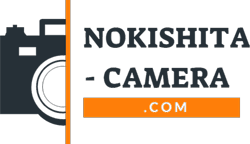

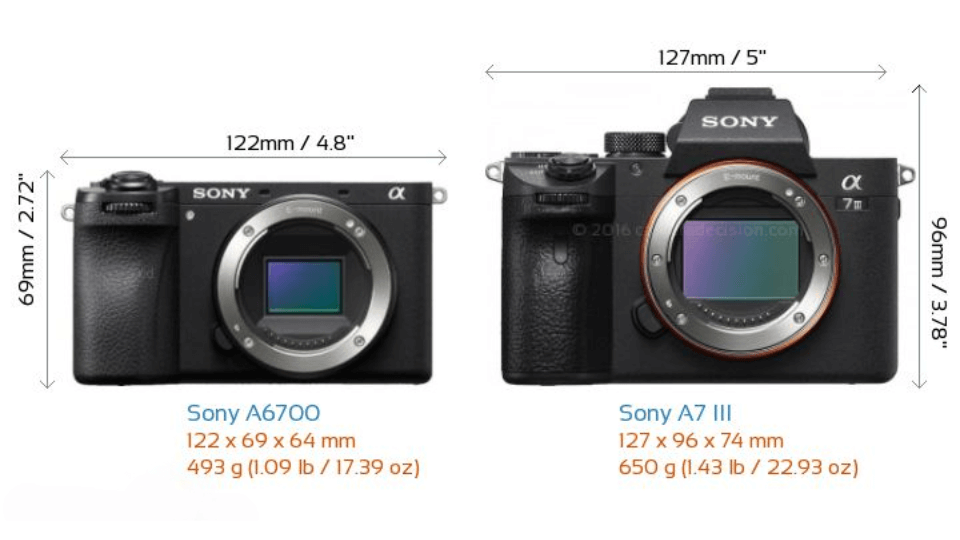
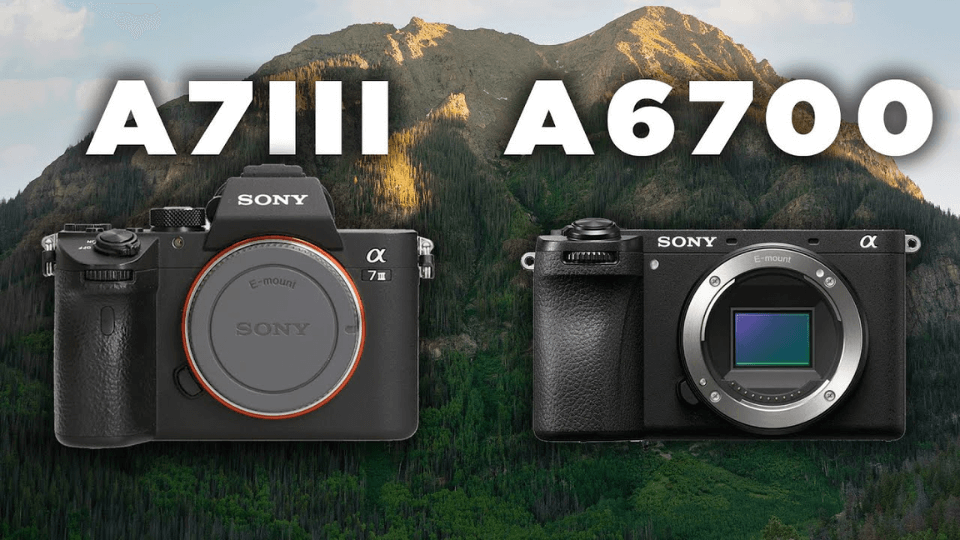
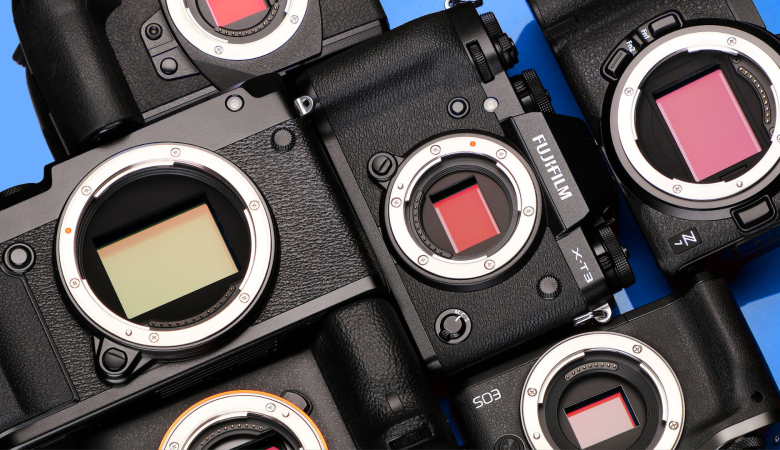
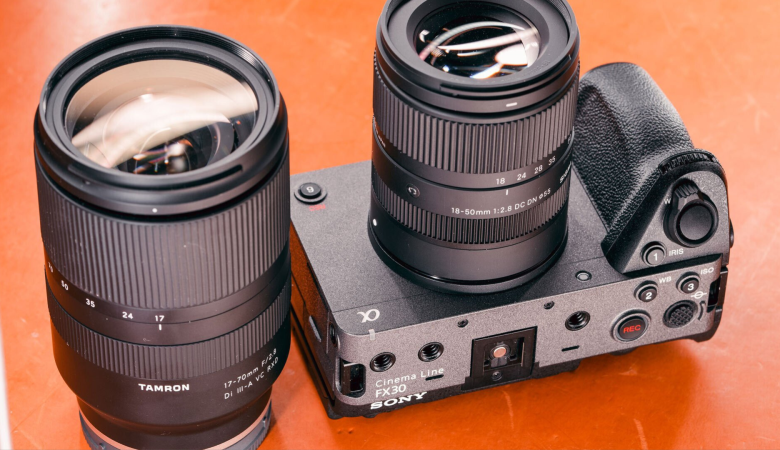


Leave a Reply